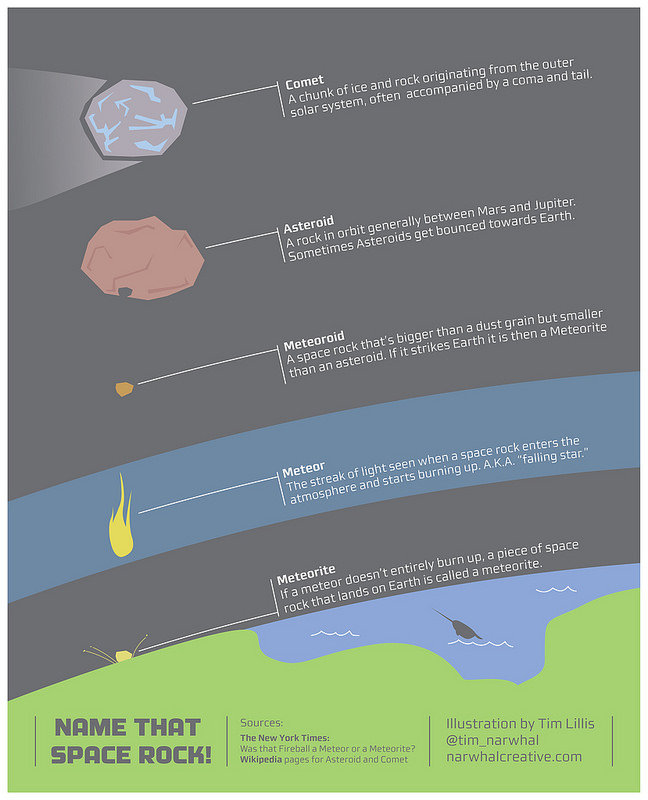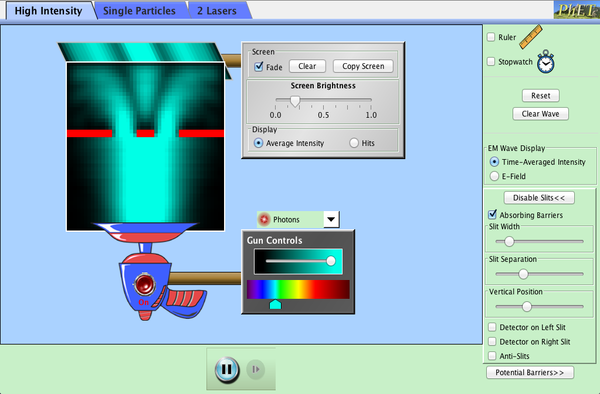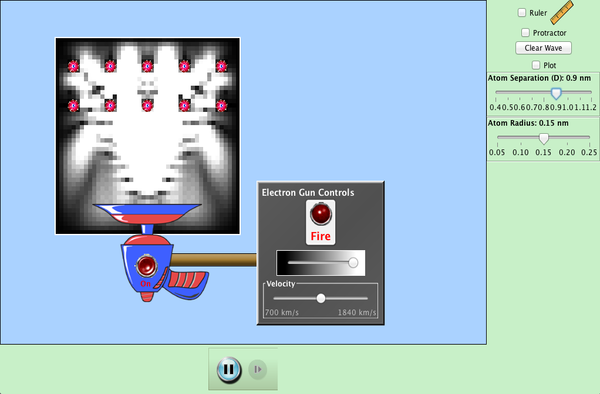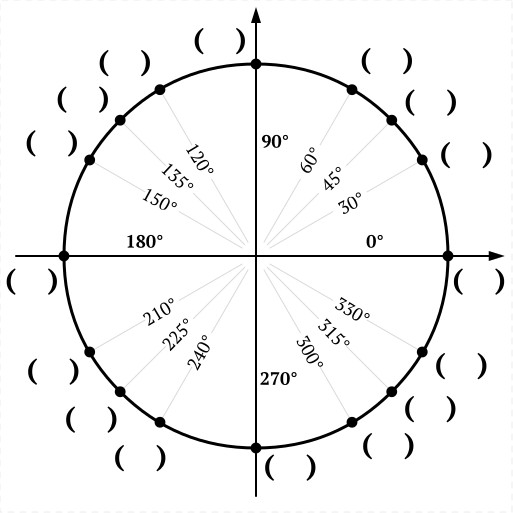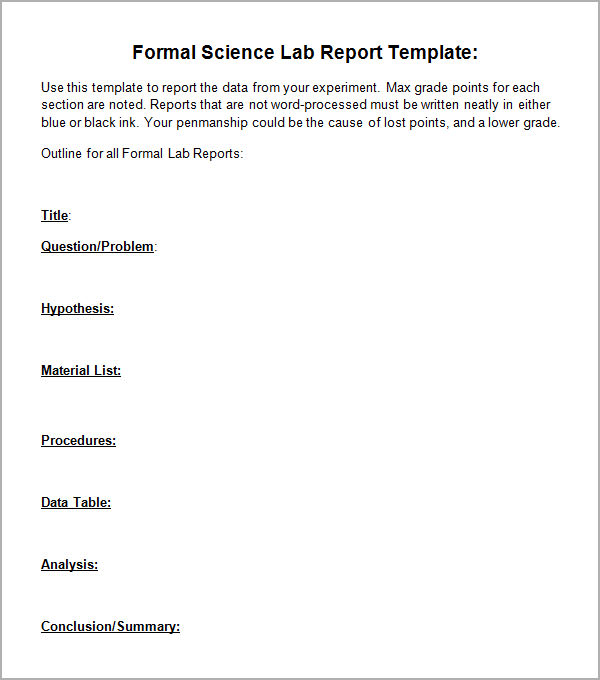DP Physics Doppler Effect
Date posted: 06/20/2019
dpy1 Review
Date posted: 04/14/2019
DP Matter waves
Date posted: 02/12/2019
Date posted: 02/11/2019
DP IA Checklist
As seen in: https://www.thinkib.net/physics/page/17437/not-a-checklist
Personal Engagement
Clear evidence of personal engagement, justification of topic and evidence of personal input in design, implementation or presentation:
- Statement of reason why the topic is interesting.
- Context of the research given.
- Interesting use of apparatus.
- Novel method.
- Adaption of equipment to suit requirements.
- comparison of different methods.
- Use of simulations to compare results.
Exploration
Focused research question, relevant background information with highly appropriate method all factors influencing reliability considered with full awareness for safety ethical and environmental issues.
- Research question clearly stated in introduction.
- If applicable variables identified.
- Theoretical background explained.
- Equations derived not just stated.
- Method is described fully showing attention to detail and consideration of controlled variables.'
- Appropriate method (if it worked it was probably appropriate).
- Adaption of method to reduce errors.
- Use of different methods to reinforce conclusion.
- Use of simulations to support theoretical background.
- Mention of factors that can not be controlled.
- Mention of safety issues (not trivialised).
Analysis
Raw data is displayed in a table and processed correctly. Uncertainties are justified and processed. Results are correctly interpreted and the impact of uncertainties is fully understood.
- Relevant raw data collected.
- Raw data is displayed in a clear table.
- Raw data table has correct units and uncertainties in headers.
- There is enough raw data to support conclusion (at least 5 values of independent variable for a linear relationship more for non linear).
- Measurement of dependent variable has been repeated (about 5 times) and mean value calculated.
- Uncertainties calculated from (max -min)/2 or percentages.
- Some processing of data (at least finding mean).
- Results used to show the impact of uncertainties (e.g. intercept, spread of data or size of error bars).
- Data used to find relationship or value.
- Uncertainty in gradient found where appropriate.
Evaluation
A detailed and fully relevant conclusion justified with reference to accepted theory. Strengths and weaknesses are discussed, limitations of method understood and improvements discussed.
- Any calculated values are expressed correctly and compared to accepted.
- Any claims made are justified and backed up with evidence from the results.
- Shows an understanding of how the results support the theory and where it deviates from it.
- Understands how uncertainties affect the results (with evidence).
- Tries to adapt the method to reduce uncertainties or test their impact.
- Highlights weaknesses in the method (with evidence).
- Discusses how to address weaknesses (weaknesses addressed should be those mentioned).
- Discusses what the next step would be given more time.
Communication
Clearly presented, well structured, coherent, focused, relevant with correct use of terminology and few errors.
- Can a it be read in one go without having to re-read sections in order to understand it.
- Correct use of physical terms.
- Organised into short sections with relevant sub titles.
- Not more than 12 pages.
- Doesn't contain irrelevant information.
- Correct units used throughout.
- Derivations and equations correctly performed and well laid out.
Date posted: 01/21/2019
Date posted: 01/08/2019
DP Physics Interference
Good morning guys. I think I caught a bug yesterday at the track and will not be joining you today. Try not to cry for too long.
You will need to have the book open on chapter 5, read a bit, and solve the exercises on the list below, MS is included. Have fun.
Date posted: 10/03/2018
DP Physics Doppler Effect
Date posted: 09/23/2018
DP IB Mock
Exercises:
Date posted: 05/28/2018
DP Conservation of energy
Date posted: 05/01/2018
Date posted: 04/18/2018
Date posted: 03/19/2018
Date posted: 03/05/2018
DP Kinematics review
Learning Objectives:
1.Represent position, velocity, and acceleration using motion maps.
2.Perform calculations using various kinematics’ equations.
Additional Learning Objectives:
3.Combine vectors and kinematics
4.Solve kinematics problems using vector notation
5.Explain projectile motion and calculate relevant quantities
Breakdown:
1.Represent velocity and acceleration using motion maps.
2.Represent velocity graphically using a distance/time graph.
3.Define speed (velocity) and give examples of units for speed.
4.Define acceleration and give examples of units for acceleration.
5.Distinguish between instantaneous speed and average speed.
6.Describe how to tell whether a velocity is changing (visually, graphically, motion mappily, mathematically).
7.Distinguish between speed and velocity.
8.Describe an objects motion based on a distance-time graph.
9.Describe an objects motion based on a velocity-time graph.
10.Realize the limitations of measurements and apply appropriate notation, units, and degree of precision to data/ calculations.
11.Perform calculations using various kinematics’ equations.
12.Define and describe positive and negative acceleration.
13.Describe how objects behave during free fall in terms of speed and distance.
14.Calculate the speeds and distances traveled of objects in free fall.
Success Criteria:
1-2 The student is able to recognize the relevant variables in a kinematics exercise
3-4 The student uses the correct equation of motion to solve for the unknown variable
5-6 The student is able to explain and justify the steps in the solution presented
7 The student is able to use motion graphs to solve kinematics problems
Kinematics + dynamics practice
Kinematics IB practice questions
Date posted: 02/19/2018
DP Kinematics
Date posted: 01/29/2018
DP Inclined Plane
Dear students, please find some videos that can help you remember what we learned in class this week. Make sure you answer the 4th list of exercises of the post of the 13th and More Exercises 3 in this post, I will check it next class and tell on you if you don't do it. Also, more exercises below. Have fun.
Upcoming events: next class on the 20th, Monday, solving inclined plane exercises. Formative at the end of class.
Tuesday 21st, presentations start in historical order.
Thursday, 23rd, presentations continue.
Monday, 27th, summative about dynamics. Newton's laws, friction, inclined plane.
Some of the following videos are less rigorous than I am but should help you cut some corners. You should know how to answer the exercises as I do as well, with beautiful formality.
Date posted: 11/15/2017
Date posted: 11/13/2017
Error Sources and Vectors
On this class we will solve some vector exercises and continue with vector arithmetic theory.
Vector worksheet
Vector Formative
Date posted: 10/02/2017
Error Sources and Vectors
Today we learned the most common sources for errors and the difference between accuracy and precision. After that we moved on to the last section in the first unit, vectors.
Click the link below to watch a video from MIT professor Herman Gross on vector arithmetics. The other videos that can be found at that link, such as the dot and cross products are also very relevant.
Date posted: 09/26/2017
Uncertainty and Error Propagation
On this day we learn about the intrinsic uncertainties of every measurement, how to communicate results, the sources of error, accuracy and precision, and how those propagate.
Homework: Solve exercises about uncertainty and error in chapter 1 of the oxford book.
Date posted: 09/25/2017
DP Physics SI units
Today we started the unit on uncertainties and measurements. We discussed the SI, or international system of units.
Watch other videos by Veritassium about the SI units.
What happened to the Mars Orbiter?
Date posted: 09/19/2017
DP Physics - How to write a lab report
Today students will join the google classroom, where the first lab report will be assigned. Due date is two weeks from now.
Goal Setting: make a copy of the file in the following link, complete the document and share it with me. SMART goal setting
After that, they will read and grade a lab report according to the IB rubric. Click the link to download the lab: Internal Resistance
Date posted: 09/18/2017
Acceleration of free fall lab
Today we continued to work on our very first lab! Students learned about the formula for the position of an object in uniformly accelerated motion. Then proceeded to try to determine the acceleration of free fall by filming balls free fallin from different heights. The class went over two ways of calculating the Acceleration of free fall give the height and time of travel.
Date posted: 09/13/2017
DP is just getting started
We are off to a great start with students focussed on giving their best this year to learn about physics and better themselves.
Find the introduction presentation here.
Remember to download the files in the resources section of the DP Physics class.

